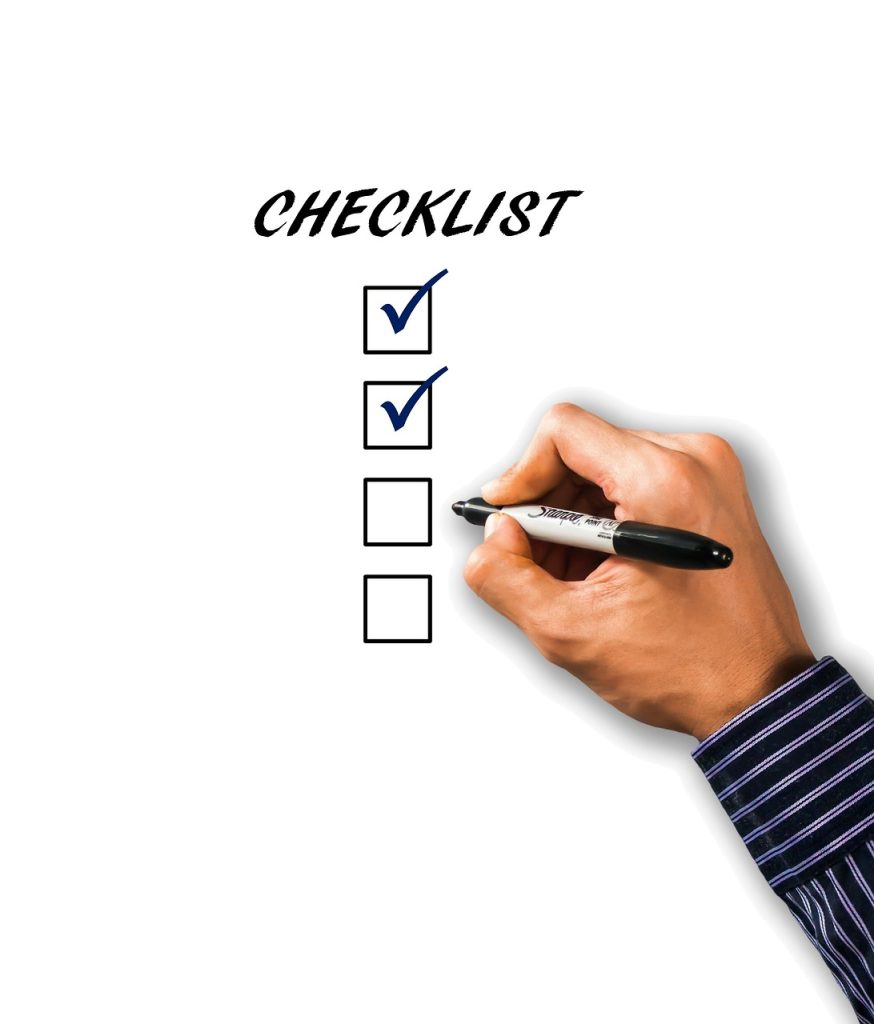
To Start & Complete Store
To start & complete the website development on time, we need:
- Logo of the company, if available.
- Some royalty-free product images to showcase on homepage slider (animated header).
- Some of the product details (images and their details like description, price, etc.) to upload them while testing out the website.
- All the contents for pages like about us, contact us, etc.
- PayPal or other payment gateway integration details.
- Shipping charges that they want their customers to pay.
- Last but not the least, the website hosting details so that we can deploy the website after we are done with our work.
What Products Are You Going to Sell?
One of the most important decisions is determining which products you will sell on your online store. Your best bet is to start small – with a few select products that are based around a specific niche, i.e. breastfeeding products, scuba diving gear, hiking products, travel gadgets, hemp products, etc. Start with a handful of products in that niche – you can always add more products to your store as you grow. Check out your competition and see who you’re up against.
Resale License, Business Entities and Insurance
Before you start any business, consult an attorney, an accountant and insurance agent, and find out what types of legal business strategies you need to take to protect yourself. Do you need to set up an LLC? Do you need product liability insurance (you probably do if you’re selling any product)? Does your state require you to register your business name and get a business license?
Drop Shipping and Inventory
Next, you will need to decide if you want to work with drop shipping companies/manufacturers that will ship products directly to your customers after you receive orders or if you prefer to purchase the inventory at wholesale prices from the manufacturers directly, warehouse the products and then ship the products/orders directly to your customers. There are pros and cons with each of these options – and many times you’ll need a combo of some drop shippers and some items that you will keep in inventory. You will need space in your home or a rental space to warehouse your product inventory.
If you’re drop shipping products, work with the manufacturers directly when possible. Keep in mind that they will typically charge you a drop ship fee as well as shipping costs, so all those costs should be tracked in a spreadsheet to determine your profit for each item.
If you want to work with drop shipping companies, understand that these “middleman” companies need to make money, too, so the price of each product will be increased.
For those products you inventory and will ship directly from your location, you will need to purchase shipping boxes, packing tape, shipping labels, a scale, setup accounts with the USPS as well as FedEx or UPS. Again, you must keep track of all these fees and costs so that you can see how much money you make from each item you sell.
Return Policies
Establishing a solid return policy is a must for any online store. Making your return policy clear is not only good for your team, but it’s also essential to gain the trust of your customers. For instance, if a customer returns an order, do you also refund their shipping costs? Do they get a full refund, or do you charge a “restocking” fee?
Also, consider whether you will be able to resell that product once it’s returned. For instance, many manufacturers send boxes that are sealed, so reselling those items is difficult because often the customer will damage the product box when opening and breaking the seal. You may need to sell those returned items as “open box” at a discount. (Think of how Best Buy sells their open box products.)
Part of a return policy also depends on the types of products you’re selling. For instance, for health and hygienic reasons, if you’re selling breastfeeding products and someone returns a breast pump, you legally couldn’t resell that breast pump. So, if you accepted returns on breast pumps, you would literally be at a loss for that sale. There are similar issues with intimate apparel, swimsuits, cosmetics and many other types of products. When writing your return policy, consider that you may need to spell out different policies for specific items you sell.
Payment Methods
One cost of doing business online is the cost of credit card processing. Luckily, over the past 20 years, collecting money online is easier than ever. PayPal, Apple Pay, Amazon Pay, Stripe, Square and other ecommerce methods like WooCommerce (a WordPress addon) and Shopify make it virtually seamless to include an “add to cart” button and credit card processing to your online store’s website.
Collecting Sales Tax
Collecting sales taxes from your ecommerce customers has always been a confusing and gray area – and it is probably going to get a lot more complicated in the very near future. Check with your accountant to identify the best strategy you should use in your ecommerce business.
Your Profitability
Determine upfront profits you’ll make from your product sales. Create a spreadsheet and keep track of the following costs for each product (at a minimum):
- Wholesale price
- Drop shipping fees
- Shipping fees (if you offer free shipping)
- Shipping supplies
- Credit card processing fees
- Cost of time it takes to box up and ship orders
For instance, are you going to offer free shipping? If so, those shipping costs (including the costs of shipping supplies, like shipping boxes, packing tape, labels and the time it takes to pick and pack the orders) need to be added to the cost of each product. If someone orders more than one product from you, that impacts the size of the shipping box, the weight of the box and the shipping costs. However, it’s crucial that you have a good idea of what type of profit margin from each item you sell.
From article by: Sherry Bonelli Owner, early bird digital marketing
Images and Content
Your images and text descriptions will be needed to populate your new online store.
- Images
- Product Descriptions
- Product Variants ( sizes, colors, wts., etc…)
- Pricing
- Inventory/Stock availability
- About your Business Descrption.
